How to Master Tree Planting: Tips & Techniques
- August 6, 2024
- 0 comment
Planting a tree is an act of hope, a statement of faith in the future, and a testament to the belief that the world can be a greener, healthier place. The act of putting a seedling into the earth and nurturing it into maturity is not just a gift to the environment but also a deeply personal journey. It’s about understanding nature’s rhythms, respecting the intricate dance of ecosystems, and participating in the timeless cycle of growth and renewal.
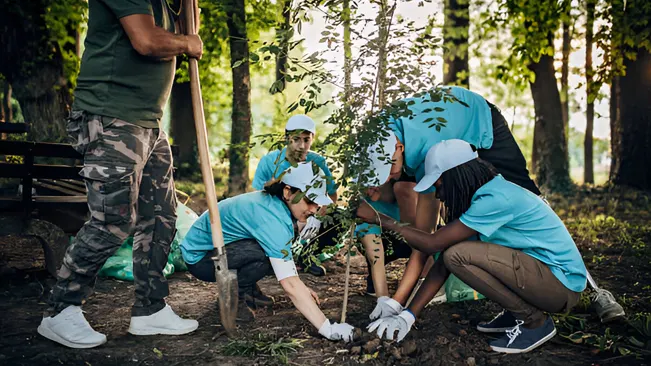
Let’s explore the essential techniques and tips for mastering the art of tree planting, offering a guide to those who wish to make a tangible difference in their communities and beyond.
Preparing for Tree Planting
Choosing the Right Tree
The journey begins with choosing the right tree. This is a decision that should be made with care and consideration, as the tree will become a permanent fixture in the landscape. It is crucial to select a species that is well-suited to the local climate and soil conditions.
Native species are often the best choice, as they are adapted to the local environment and provide essential habitat for wildlife. However, non-native species can also be appropriate if they do not disrupt the local ecosystem.
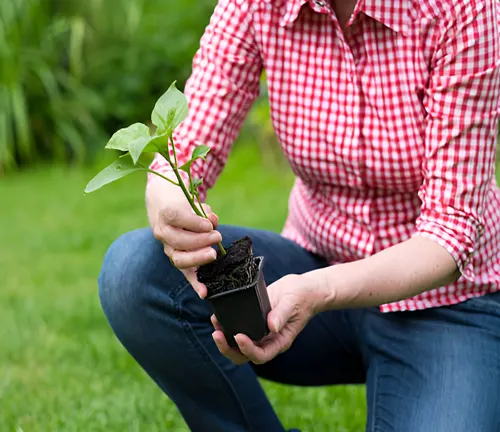
Understanding the growth rate and mature size of the tree is essential. A tree that grows too quickly may become weak and prone to disease, while a slow-growing tree may require more patience but ultimately provide greater longevity and stability.
The size of the tree at maturity should also be considered to avoid future conflicts with buildings, power lines, or other structures.
Selecting the Ideal Location
Once the right tree has been chosen, the next step is selecting the ideal location. Trees need space to grow, both above and below ground. Sunlight requirements vary by species; some trees thrive in full sun, while others prefer partial shade.
It’s essential to consider the tree’s sunlight needs and ensure the chosen spot provides the right conditions.
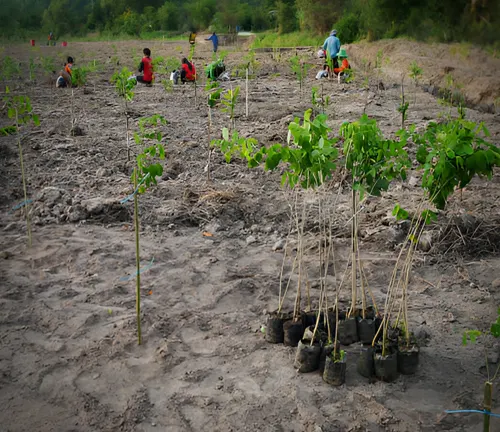
Soil quality and drainage are equally important. Trees need well-drained soil to prevent root rot and other diseases. Conducting a soil test can provide valuable information about the pH level and nutrient content, helping to determine if amendments are needed.
Gathering Necessary Tools and Materials
Preparation includes gathering all the necessary tools and materials. Basic equipment like shovels, spades, and gloves are essential. Mulch and compost will help enrich the soil and protect the tree. Staking materials may be needed to provide support, especially in windy areas.
Watering equipment, such as hoses or watering cans, will ensure the tree receives adequate moisture during the critical establishment phase.
Planting Techniques
Digging the Hole
The actual planting process begins with digging the hole. The hole should be wide and deep enough to accommodate the root ball without crowding the roots.
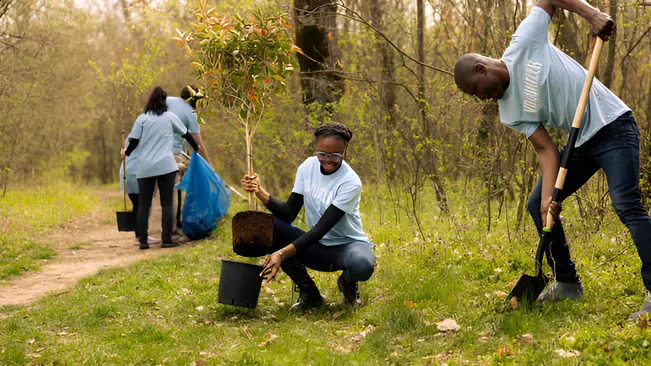
A general rule is to make the hole twice as wide as the root ball and just as deep. This allows the roots to spread out and establish themselves more easily.
Preparing the Root Ball
Different types of trees require different handling techniques. Bare root trees should have their roots soaked in water for several hours before planting. Container-grown trees may have circling roots that need to be gently loosened.
Balled-and-burlapped trees often have a protective wrapping that needs to be removed carefully to avoid damaging the roots.
Positioning the Tree
Positioning the tree correctly in the hole is crucial. The root flare, where the trunk meets the roots, should be at ground level or slightly above. This helps prevent the tree from being planted too deeply, which can lead to poor growth or even death.
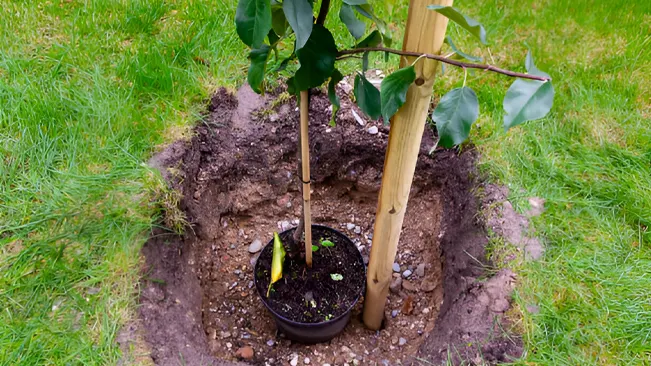
Ensuring the tree is straight is also important, as a crooked tree may grow unevenly and be more susceptible to wind damage.
Filling the Hole
Backfilling the hole requires care and attention. The soil should be placed back into the hole gently, avoiding large clumps that can create air pockets. Firmly pressing the soil around the roots helps secure the tree in place. Watering the soil as you backfill helps to settle it and eliminate air pockets.
Mulching and Staking
Applying mulch around the base of the tree helps retain moisture, suppress weeds, and moderate soil temperature. It’s important to keep the mulch away from the trunk to prevent rot. Staking may be necessary for taller trees or those planted in windy areas.
Stakes should be placed outside the root ball area and attached to the trunk with flexible ties that allow some movement.
Post-Planting Care
Watering Practices
Proper watering is critical to the tree’s survival and growth. Newly planted trees require consistent moisture to establish their roots. Watering should be deep and infrequent, encouraging roots to grow deeper into the soil.
The exact watering schedule will depend on the tree species, soil type, and climate, but a general guideline is to water thoroughly once a week during dry periods.
Pruning and Maintenance
Pruning helps shape the tree and promote healthy growth. It’s best to prune during the dormant season, typically late winter or early spring. Removing dead or damaged branches, as well as any crossing branches, helps the tree develop a strong structure.
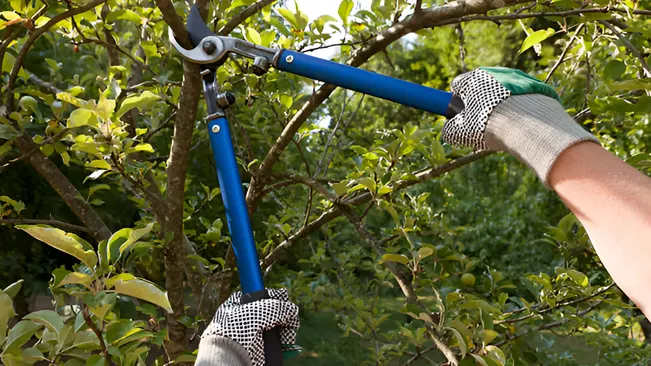
Regular maintenance also includes checking for pests and diseases, which can be managed with appropriate treatments.
Monitoring Growth
Regular inspections allow you to monitor the tree’s growth and health. Look for signs of stress, such as wilting leaves, discoloration, or stunted growth. Adjusting care routines, such as watering or fertilizing, can address these issues.
As the tree matures, its needs will change, and ongoing care will ensure it continues to thrive.
Tips for Successful Tree Planting
Understanding Seasonal Considerations
Timing is crucial in tree planting. The best time to plant trees varies by region but generally falls in spring or fall. These seasons offer moderate temperatures and consistent rainfall, providing ideal conditions for root establishment. In warmer climates, planting in the cooler months helps avoid the stress of summer heat.
Community Involvement and Education
Tree planting can be a communal activity, fostering a sense of connection and shared purpose. Organizing tree-planting events and involving community members can amplify the positive impact.
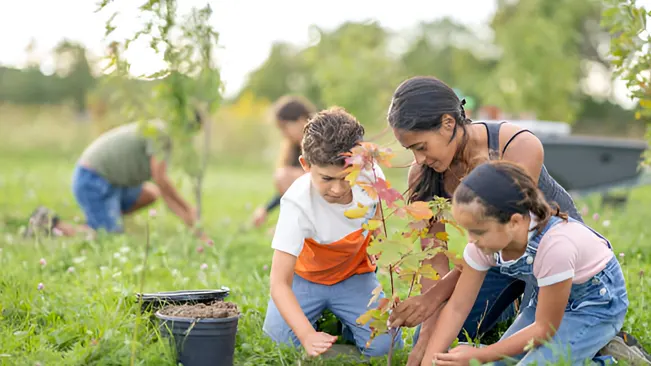
Educating others about the benefits of trees and proper planting techniques spreads awareness and encourages more people to participate in environmental stewardship.
Sustainable Practices
Sustainability should be at the heart of tree planting efforts. Using eco-friendly products, such as organic fertilizers and biodegradable mulch, minimizes environmental impact. Promoting biodiversity by planting a variety of species helps create resilient ecosystems that can withstand changes and support a wider range of wildlife.
Conclusion
Mastering the art of tree planting is a rewarding endeavor that brings numerous benefits to the environment and communities. By carefully choosing the right tree, selecting the ideal location, and following proper planting and care techniques, anyone can contribute to a greener, healthier planet.
As we engage in this practice, we reconnect with nature and reaffirm our commitment to preserving it for future generations. Planting a tree is more than just a physical act; it’s a powerful symbol of hope and a testament to our collective responsibility to nurture the earth.
Frequently Asked Questions (FAQs)
- What are the benefits of planting trees?
Planting trees offers numerous benefits. They improve air quality by absorbing carbon dioxide and releasing oxygen, provide shade that reduces energy costs, support biodiversity by providing habitat and food for wildlife, and help mitigate climate change by sequestering carbon. - How do I choose the right tree for my location?
When choosing a tree, consider your local climate, soil conditions, and available space. Native species are typically best suited as they are adapted to local conditions. Consult with local nurseries or forestry experts for guidance on which species will thrive in your area. - When is the best time to plant trees?
The best time to plant trees is usually in the spring or fall when temperatures are moderate and rainfall is more consistent. This allows the tree to establish its roots before the stress of summer heat or winter cold sets in. - How deep should I plant a tree?
The depth of planting is crucial. Plant the tree so that the root flare, where the roots meet the trunk, is at ground level or slightly above. Planting too deeply can suffocate the roots and lead to poor growth or even tree death. - How often should I water newly planted trees?
Newly planted trees require regular watering to establish their root systems. Water deeply and infrequently, aiming for about 1-2 inches of water per week, depending on weather conditions. Adjust watering based on soil moisture and rainfall. - Do I need to fertilize newly planted trees?
In most cases, newly planted trees do not require fertilizer immediately. If soil tests indicate nutrient deficiencies, apply a balanced fertilizer sparingly in the spring. Organic options like compost can also enrich the soil without the risk of over-fertilization. - How can I protect young trees from pests and diseases?
Monitor trees regularly for signs of pests or diseases, such as leaf discoloration or unusual growth patterns. Use integrated pest management techniques, which may include pruning affected areas, applying horticultural oils, or using beneficial insects to control pests naturally. - Should I stake a newly planted tree?
Staking is typically only necessary for tall or top-heavy trees, or in windy areas. Use flexible ties to attach the tree to stakes placed outside the root ball area. Avoid tying too tightly to allow for some movement, which encourages stronger trunk development. - How long does it take for a newly planted tree to be established?
The time it takes for a newly planted tree to establish varies by species, growing conditions, and climate. Generally, it can take 1-3 years for a tree to establish its root system and become more resilient to environmental stressors. - What are some sustainable practices for tree planting?
Practice sustainability by choosing native species, using organic mulch and fertilizers, and minimizing water use through efficient watering practices. Plant a diverse range of species to promote biodiversity and resilience in your local ecosystem.

Jordan Blake
Forestry AuthorJordan Blake is a forestry expert with over 15 years of experience in arboriculture and community education. Passionate about sustainable forest management, Jordan regularly writes for Forestry.com and Tree Care Magazine. Holding certifications in tree health assessments and urban forestry management, Jordan conducts workshops to educate the public on sustainable practices. Jordan has a degree in Environmental Science and enjoys hiking and photography in their free time.


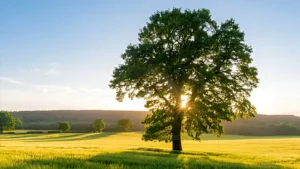
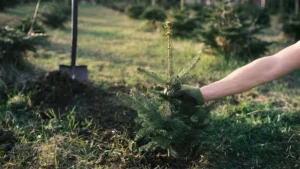
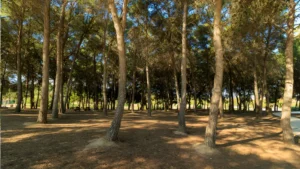
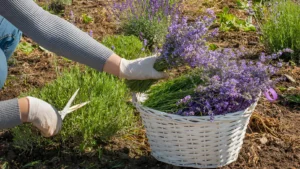
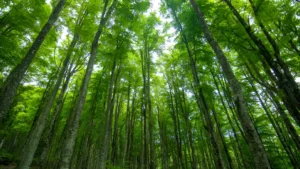
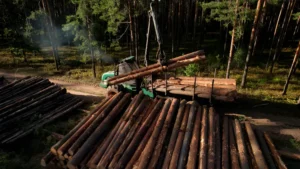
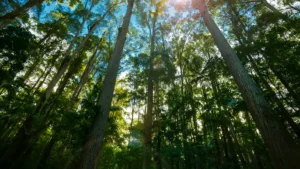
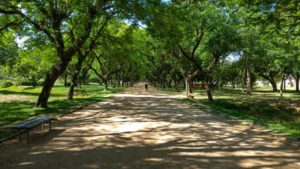
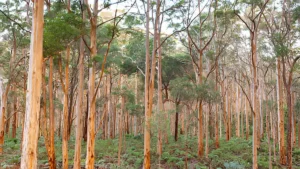

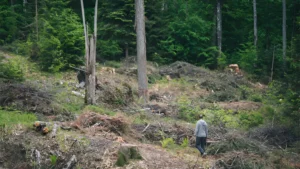
Leave your comment